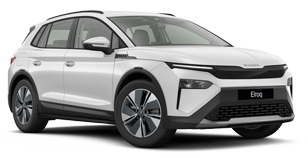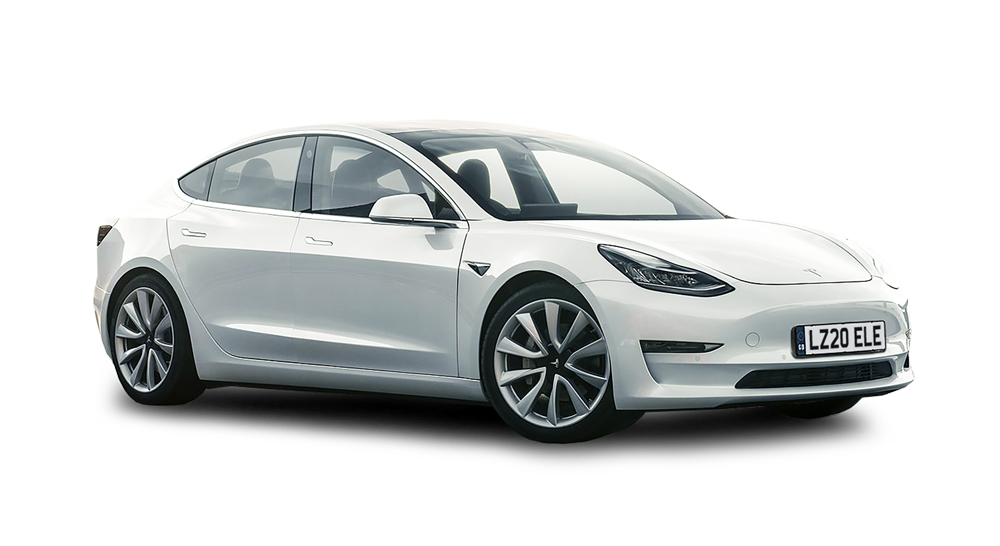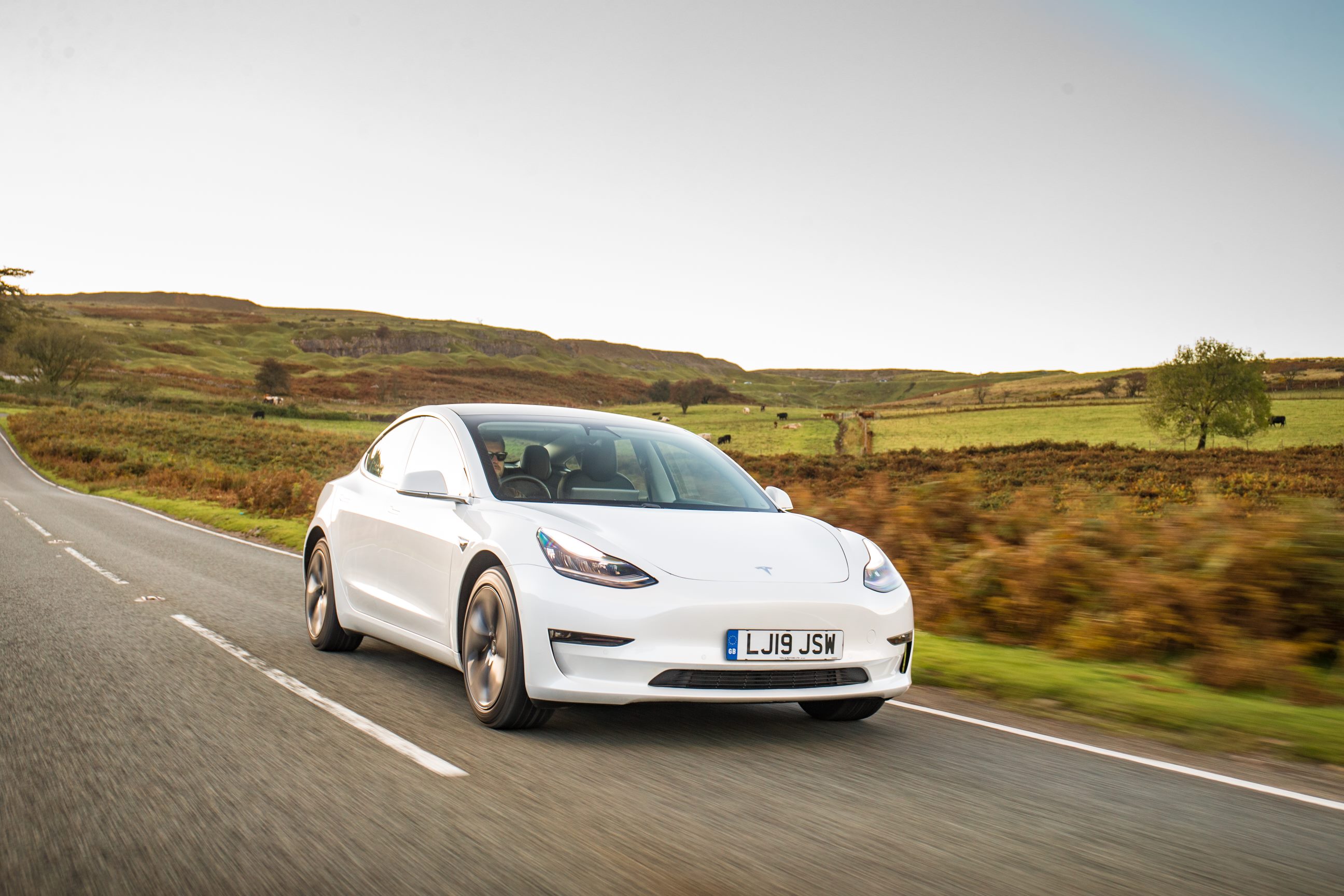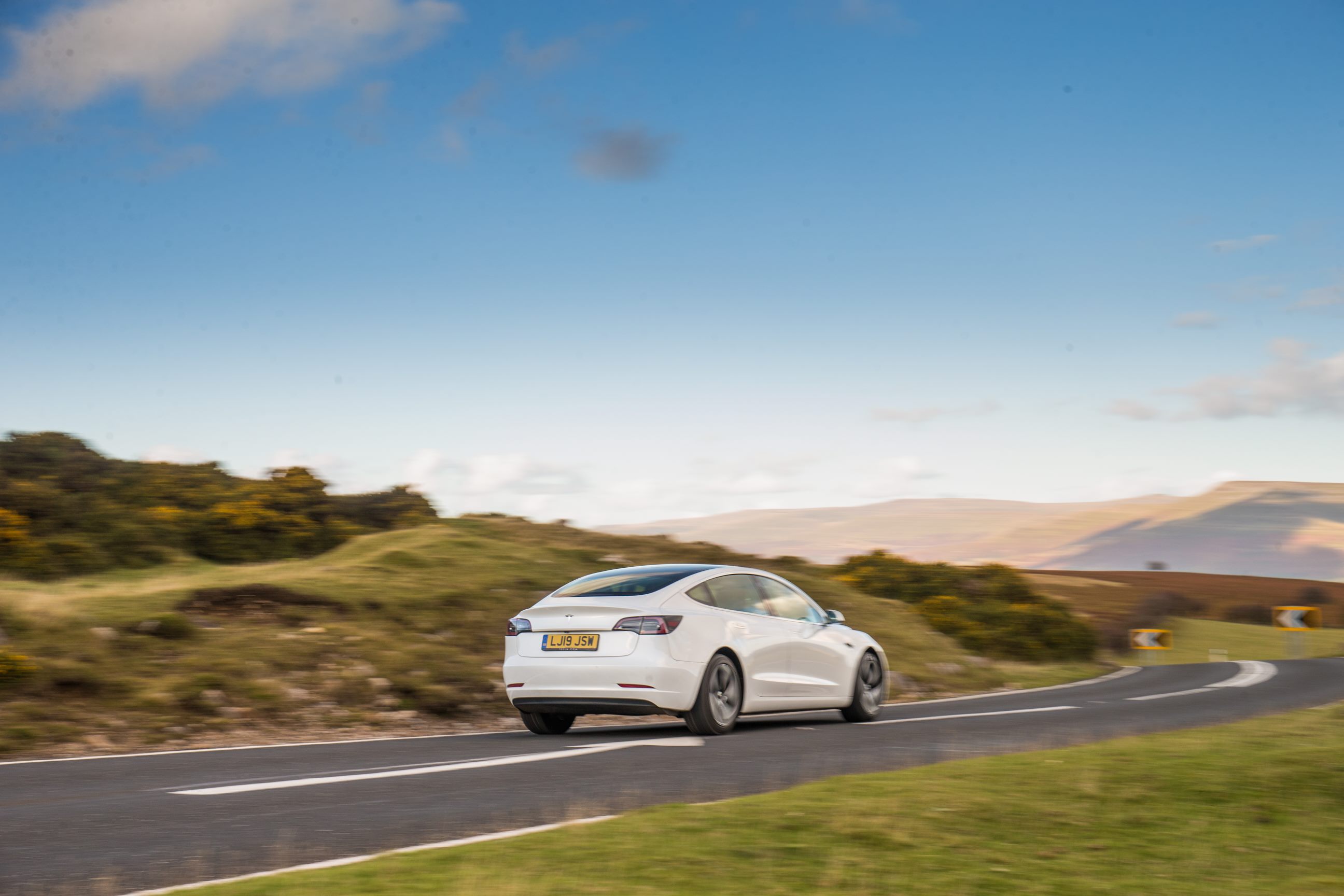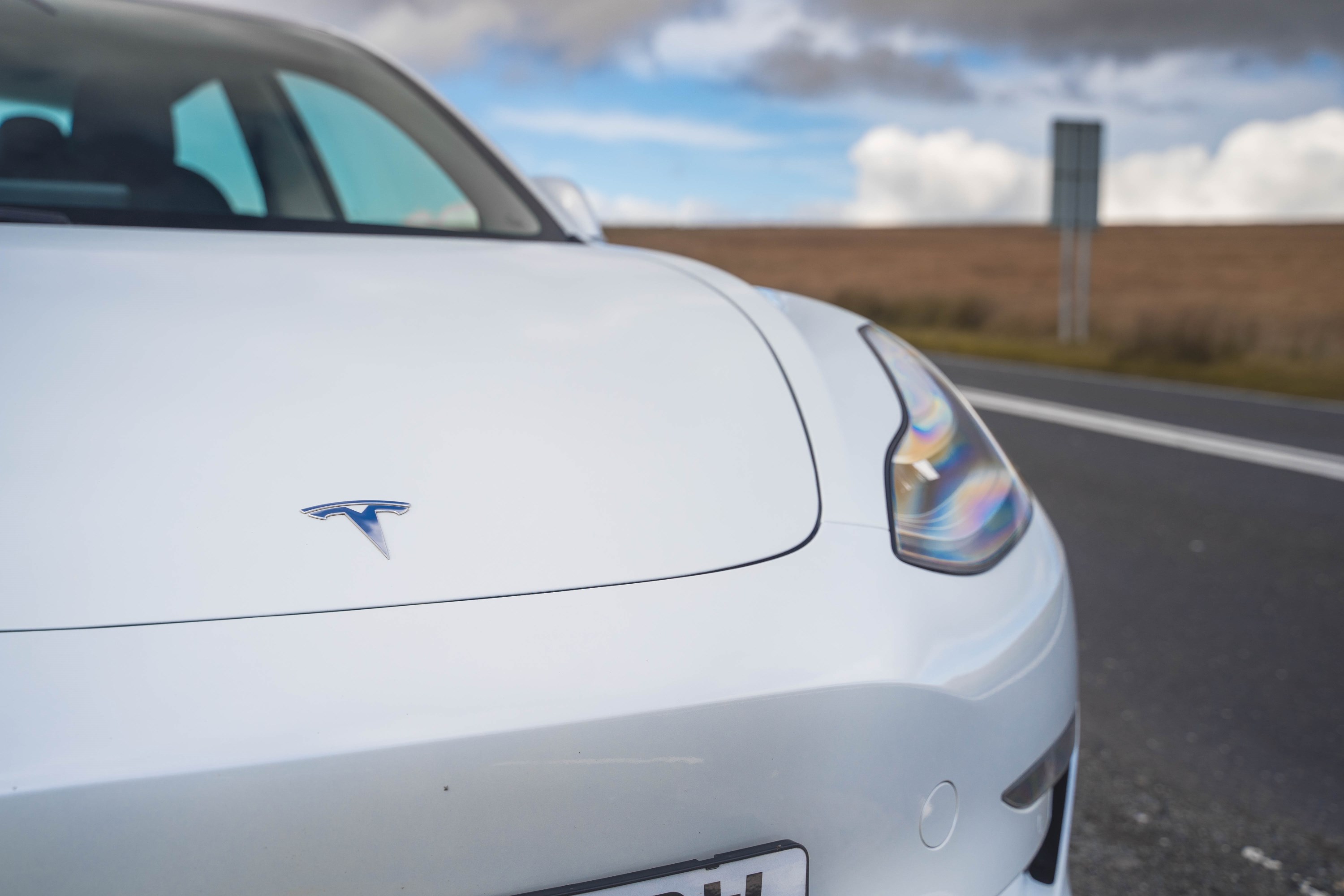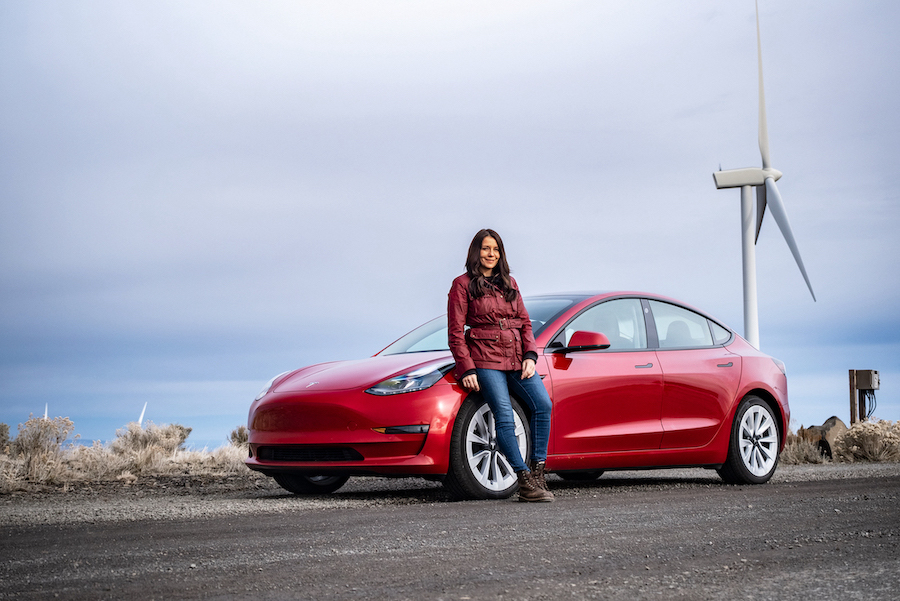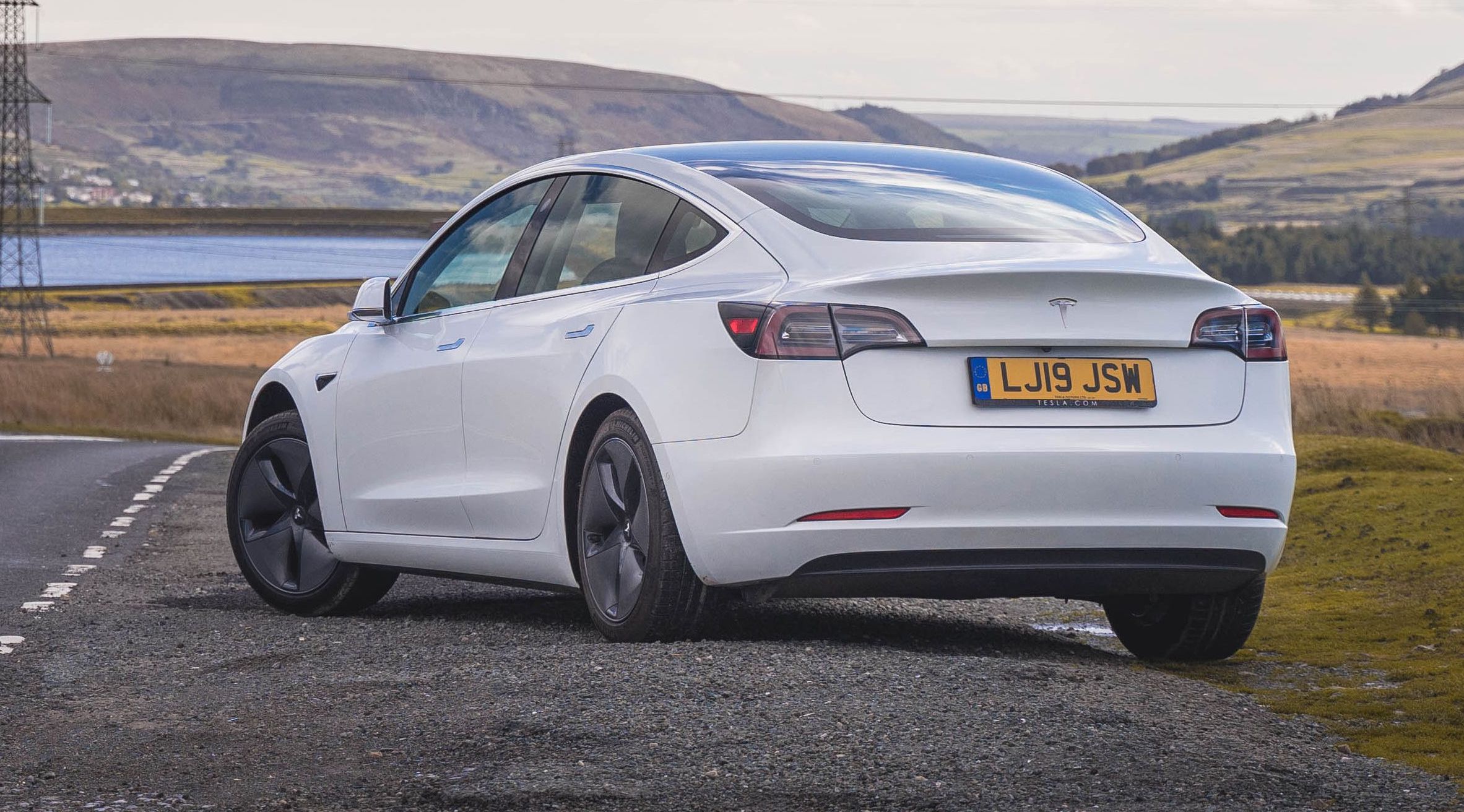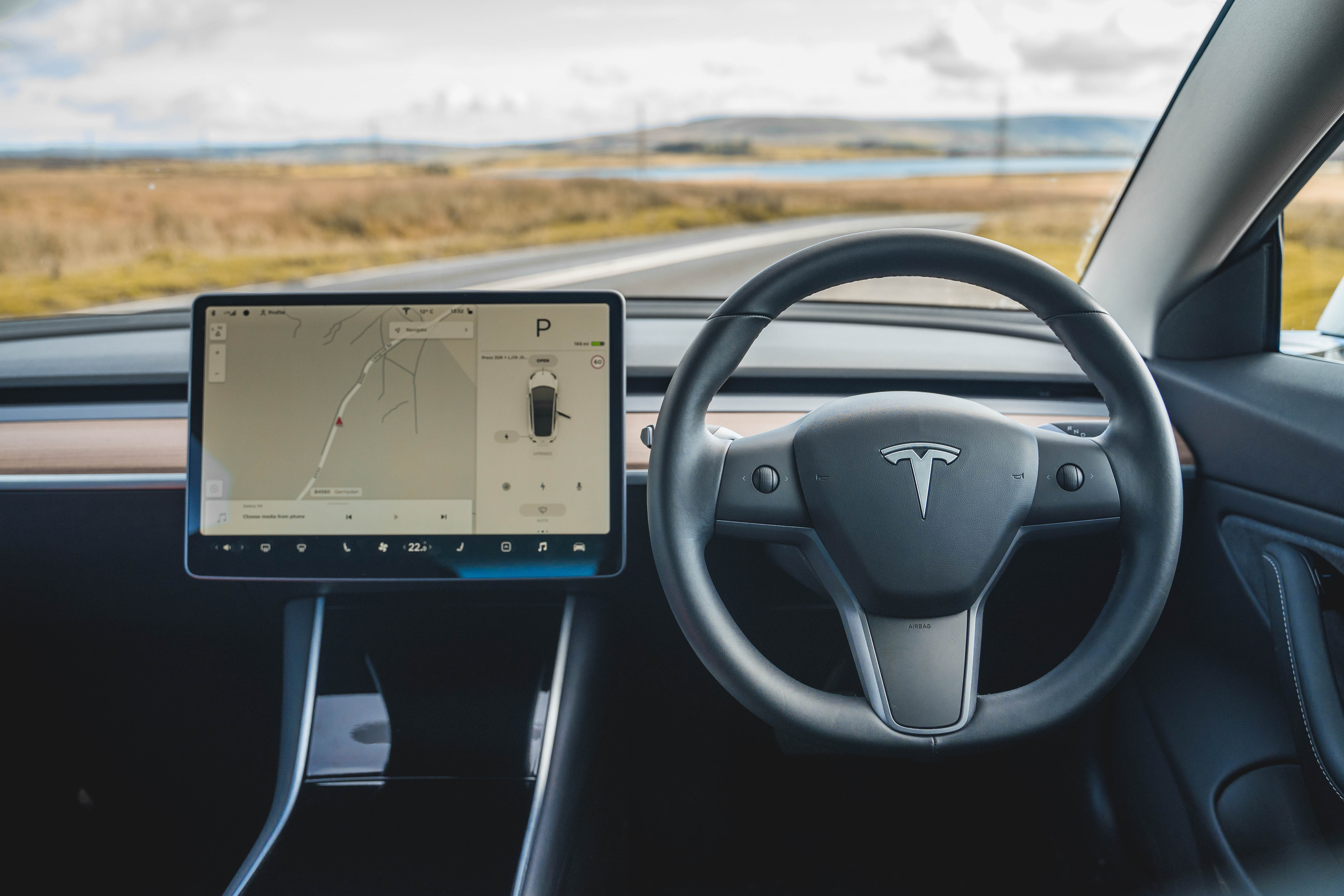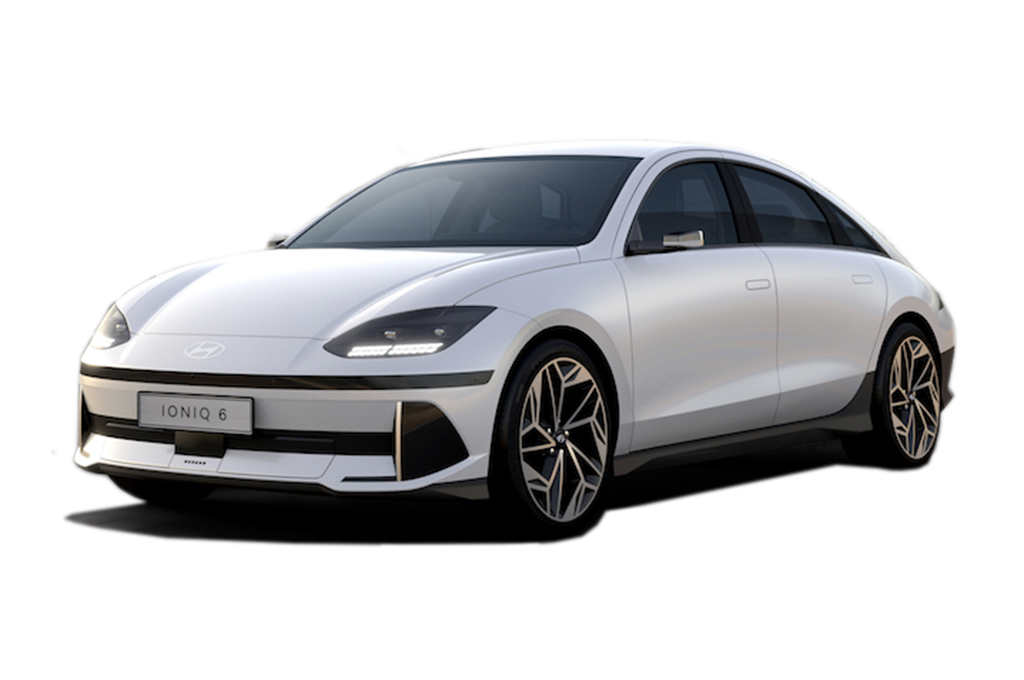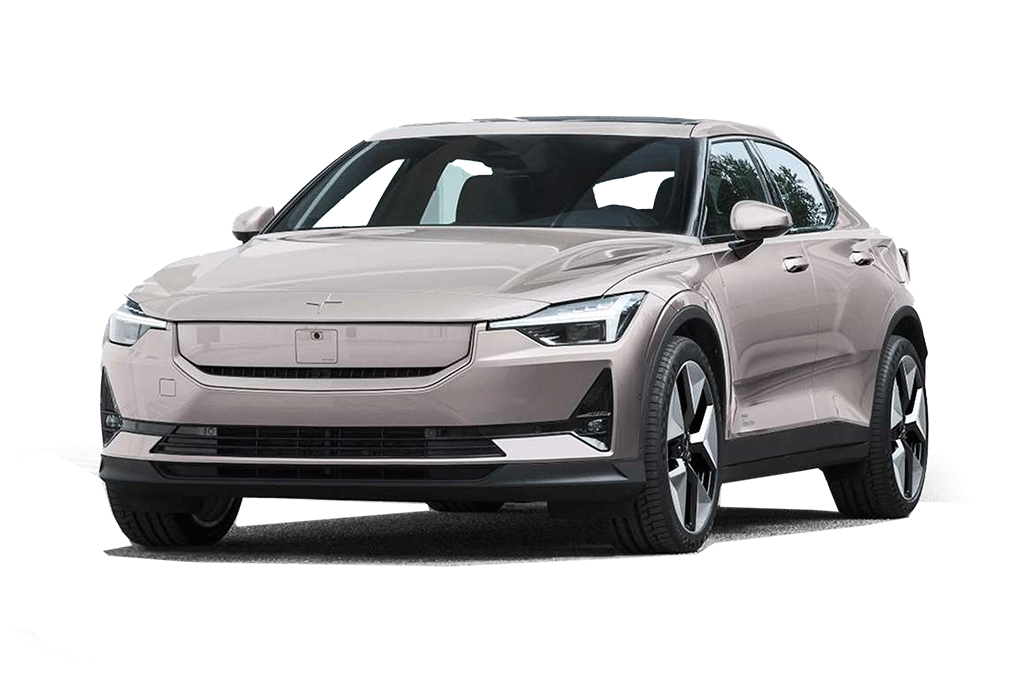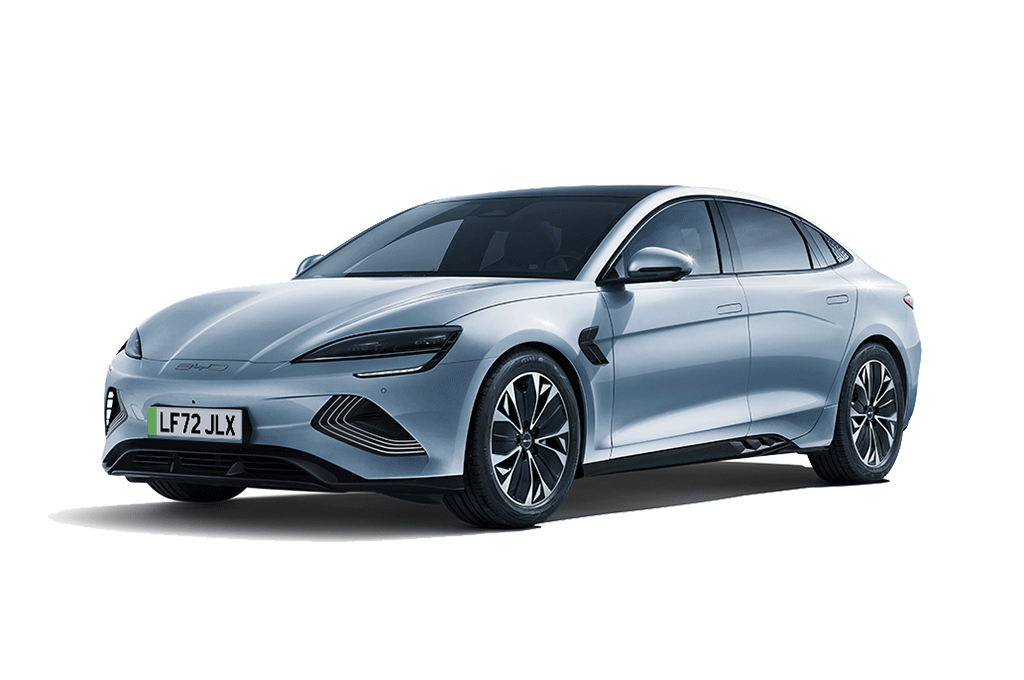Introduction
The Tesla Model 3 doesn’t need an introduction, does it? It’s on most streets across the UK and Europe, and has routinely been one of the best-selling electric cars in the world since it arrived in 2019 – albeit often behind the more practical Tesla Model Y. It is, of course, a four-door saloon that can seat five people. The saloon boot isn’t as practical as the hatchback boot opening of its chief rival, the Polestar 2, but the Model 3’s deep saloon boot and useful frunk still make this a decent family electric car.
But should you buy a used one? Well, probably – yes. The Tesla Model 3 is a relentlessly brilliant electric car: one of the fastest charging, longest range and most technically advanced electric cars on sale. That stands for the new ‘Highlander’ Model 3 that was introduced to the UK in 2024, too, and you can read about buying a new one of those right here.

Used values of the earlier model are now seriously tempting, and makes the Tesla one of the cheapest long range electric cars you can buy. Read on to find out what to look out for, and which model suits you best.
What’s the real-world range of a used Tesla Model 3?
The 2019 Tesla Model Y was offered as a Standard Range model with a new WLTP range of 254 miles courtesy of a 51kWh LFP battery. The Long Range upped that to 348 miles. The Tesla Model 3 Performance is comically (unnecessarily, if you ask us…) rapid, and when new it had a WLTP range of 329 miles from the 75kWh lithium-ion NMC battery (the Performance gained an 82kWh battery from the end of 2020).
A facelift at the end of 2020 increased the official range on all Model 3 variants, with the Standard Range Plus managing 267 miles, the Long Range 360 miles and the Performance 352 miles.
See the pros and cons of NMC and LFP batteries
Real world range will be lower than those official figures, but the Tesla Model 3 is famously efficient and, when new, it would get close to the official WLTP range. In practice, we’d expect to see around 180- to 220 miles from the Standard Range, and roughly 250 – 310 miles from the Long Range and Performance versions. How you drive it, the route you’re taking and the temperature can all affect real-world range, so bear in mind that these are only estimates. Expect lower range when in winter and at faster speeds, so a constant motorway journey in very cold, windy weather will be your worst case scenario. The range will be drastically better in warmer weather and in slow-to-middling driving.
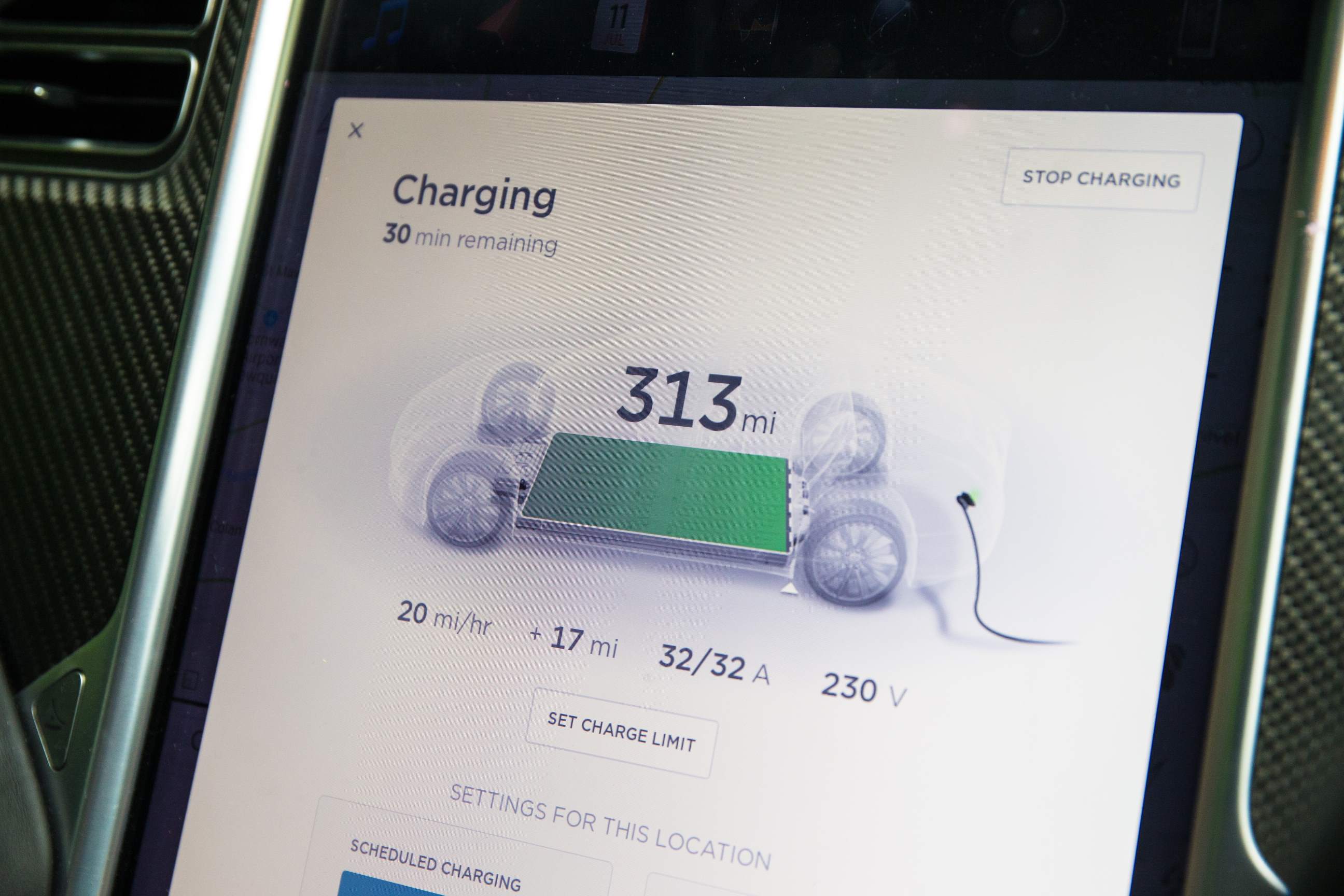
The battery will degrade, as with any battery, and it will depend on how the car has been used as to the exact rate of degradation. It’s reasonable to expect a Tesla Model 3 to lose around 1 - 2% of its usable battery capacity (and therefore its range in between charges) each year. Time is typically a bigger factor in battery degradation than mileage, so don’t be too worried about higher mileage examples of the Tesla Model 3. With electric cars, you’re often better off buying a younger, higher mileage car than an older, lower mileage example. We’ll say it again, though – it does depend on how the car is used. If it’s been rapid charged all the time, then battery degradation will be faster.
How long will the battery on the Tesla Model 3 last?
Tesla is a benchmark for battery durability and longevity, and its batteries typically stand up very well to hard use. It’s not unusual to see a Model 3 with well over 100,000 miles covered, and there are already examples out there with over 200,000.
Owners of the Model 3 will tell you that Tesla batteries will almost certainly outlast the car. You can always have a look at our video on a 260,000 mile, 10 year old Tesla Model S for a good example of a high mileage Tesla that’s still in use, too. In short, the battery will last decades and will almost certainly be usable long after the car itself, so if you expect to lose a fraction of your range each year and remember to look after your battery then you shouldn’t need to worry about battery life.
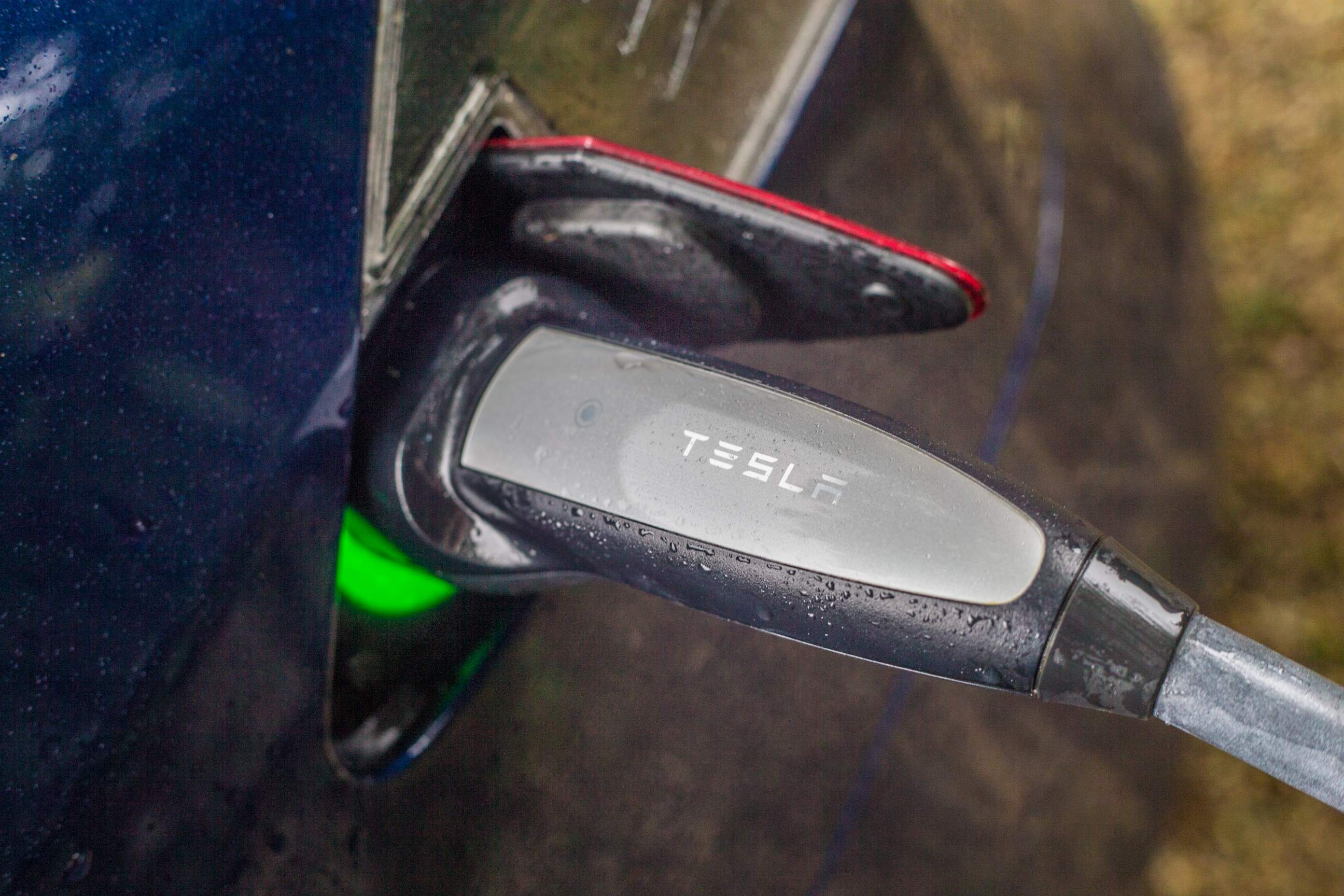
How reliable is a used Tesla Model 3 and what are the common problems?
The Tesla Model 3 is generally very reliable, and most of the problems reported are with cosmetic or software issues that don’t take the car off the road. It’s worth noting that you book a service for the Tesla via the Tesla app, and some owners have reported issues with scheduling a service this way – while others have said that it’s very convenient. It is very difficult to speak to a specific Tesla dealership; you have to go through a central communication centre, which can be frustrating.
Otherwise, the app usability, over-the-air software updates and seamless usability of the Tesla’s tech is one of its big selling points.
- Noisy suspension is common and can mean it needs new suspension bushes
- Reversing cameras can stop working due to a faulty camera harness
- Panel gaps and paint imperfections are common cosmetic issues
- Condensation in the light housings
Which is the best version to buy?
No Tesla Model 3 is poorly equipped, but we’d try and go for one of the 2020 facelift cars that did see a few additional extras and longer range.
Even the early Standard Range versions came with one-pedal brake regen’, climate control, adaptive cruise control, faux-leather seats, heated front seats, a powered bootlid and keyless entry via the app on your smartphone. Go for the Long Range or Performance version and you’ll get heated seats in the back. The Long Range battery was available with rear-wheel drive and all-wheel drive; the latter got usefully more power and a 0-62mph of 4.5 seconds, and is our pick of the lot if you want all-weather peace of mind. The Long Range AWD is also rated to tow a braked trailed of up to 1000kg. We’d settle for the rear-wheel drive Long Range as the best balance of value, range and usability provided you’re not worried about four-wheel drive or towing.
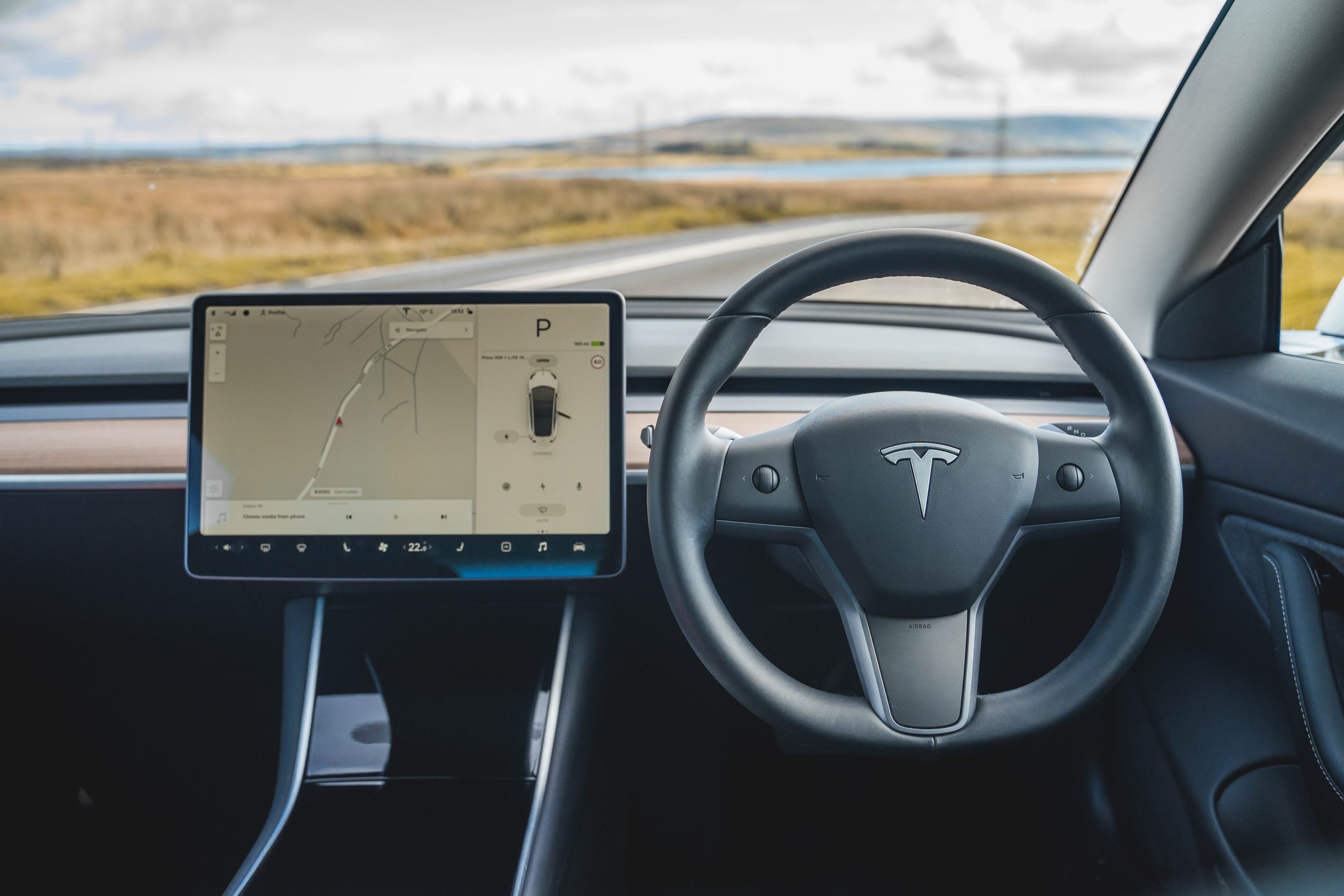
Metallic paint and different alloy wheel designs were the only option, and you could choose between a black interior or a very white option. The latter can mark noticeably, so be careful of that if you’re considering a Model 3 with the pale interior finish. The only optional equipment on the new Tesla Model 3 was upgrades to the semi-autonomous driving system. The ‘Full Self Driving Capability’ was a seriously expensive option so it’ll add to the price of a used example. It actually means that the car will change lane for you, and even exit a slip road or park itself. The Model 3 will not drive itself – you’re still responsible for driving it, and this is actually an advanced driver assistance system.
No Tesla gets Apple CarPlay or Android Auto, which can be very annoying despite the generally excellent native sat-nav and infotainment system. There’s no driver’s readout or head-up display, either, so if any of those common complaints sound like a deal breaker, you’ll want to consider a Polestar 2, BMW i4, Hyundai Ioniq 5 or any of the other used alternative that does get phone mirroring and a speed readout behind the wheel.
How long is the warranty?
Tesla provides a four year, unlimited mileage warranty on the Model 3. The battery is covered for 8 years or 120,000 miles.
What are the ownership and running costs of a Tesla Model 3?
The Model 3 will be a very affordable car to run. It’s efficient, so fuel costs will be low; you can expect a full charge at home to cost between £4.50 and £25.00 depending on your utility costs, and whether you’re using a cheap overnight tariff.
However, insurance is high on the Tesla Model 3, even if you go for one of the Standard Range models, and could well cost more than on rivals like the Polestar 2. Make sure you get a quote before committing to the Tesla. Tyres can be reasonably expensive, but the tyre sizes are easy to get hold of and many owners report covering 10,000 miles and more before they need replacing. Ultimately, it’ll depend a bit on how you drive the car and what tyres you’re using, but even the lowest powered Model 3 is a fast car, so expect to need tyres fairly regularly.
What other cars should I consider?
There are loads of alternatives to the Tesla Model 3, but its primary rivals are the Polestar 2 and BMW i4, both of which offer different benefits. The Polestar is more practical, and the BMW i4 is much nicer to drive, while both have better interior finish. You could also consider a used Hyundai Ioniq 5 and Kia EV6, which rival the Tesla for charging speeds and are both more spacious inside. The Skoda Enyaq is another SUV alternative, or if you really want the saloon shape then don’t forget the BYD Seal, Hyundai Ioniq 6 and VW ID.7.
A used Tesla Model 3 will be cheaper than any of them, though, for many reasons – but mostly because there are so many on the used market and it’s been on sale for longer than all of them.





